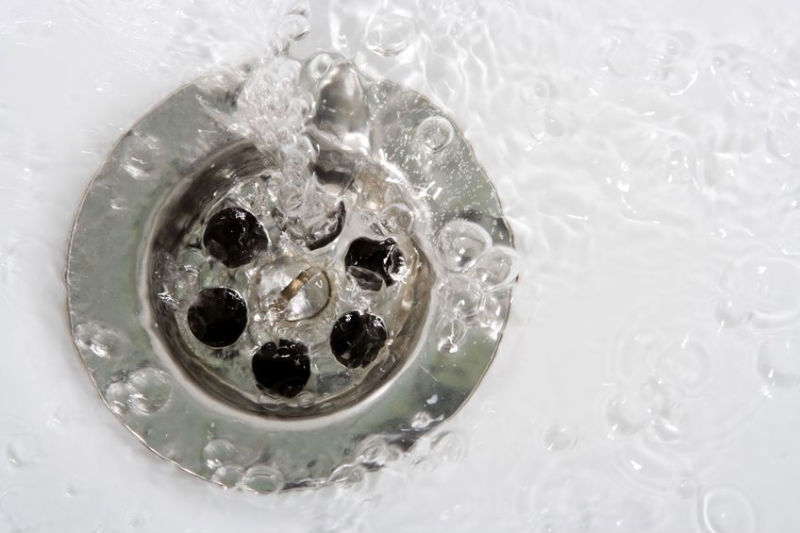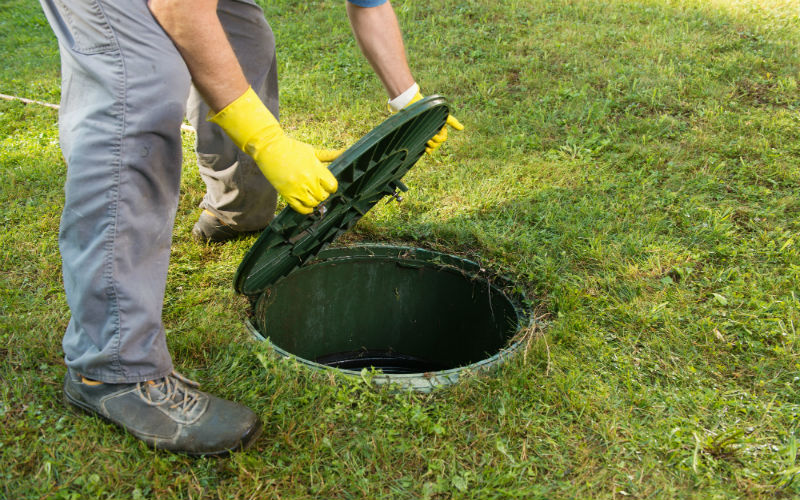A private septic system has the purpose of completing waste treatment for properties not connected to a municipal wastewater treatment plant. On occasion, that private system also must undergo a treatment of sorts with Septic Cleaning in Tunkhannock PA. Technicians open the lid and get a bird’s-eye view of any obvious problems, then pump the tank until it’s completely empty. A technician then inspects all the visible parts of the system to make sure everything is in good working order and no repairs are necessary.
What obvious problems do the workers look for when they first have the lid off? One factor is how high the level of liquid is. A new homeowner may be trying to figure out how often the tank must be pumped to prevent backups. If the family has lived in the house for two years and the tank level is relatively low, they may not need pumping service more than once every three or four years.
Technicians doing Septic Cleaning in Tunkhannock PA also immediately notice objects floating on the surface that shouldn’t be there. Tampons, sanitary wipes, and cigarette butts are just a few examples. Those objects shouldn’t be flushed down toilets because they don’t biodegrade very well, if at all, and they accumulate in the tank. They can interfere with baffles and filters. They can become tangled in little tree roots that invade tiny cracks in the sewer pipe. All of this can cause sewer backups and, much worse, serious problems with the drain field.
Even before digging up the tank and removing the lid, workers from a company such as Draintech Inc. want to discover any evidence of problems. They’ll quickly notice any unusual odors indicating issues with the drain field. They’ll check for damp areas that aren’t connected with recent rain or lawn watering. In some cases, the homeowners have called for emergency service because the system has backed up into the basement drain, the crawl space, or even into the house. The technicians then focus on tree root problems between the tank and the home. They can safely eliminate those roots with herbicides that don’t harm the tree.

